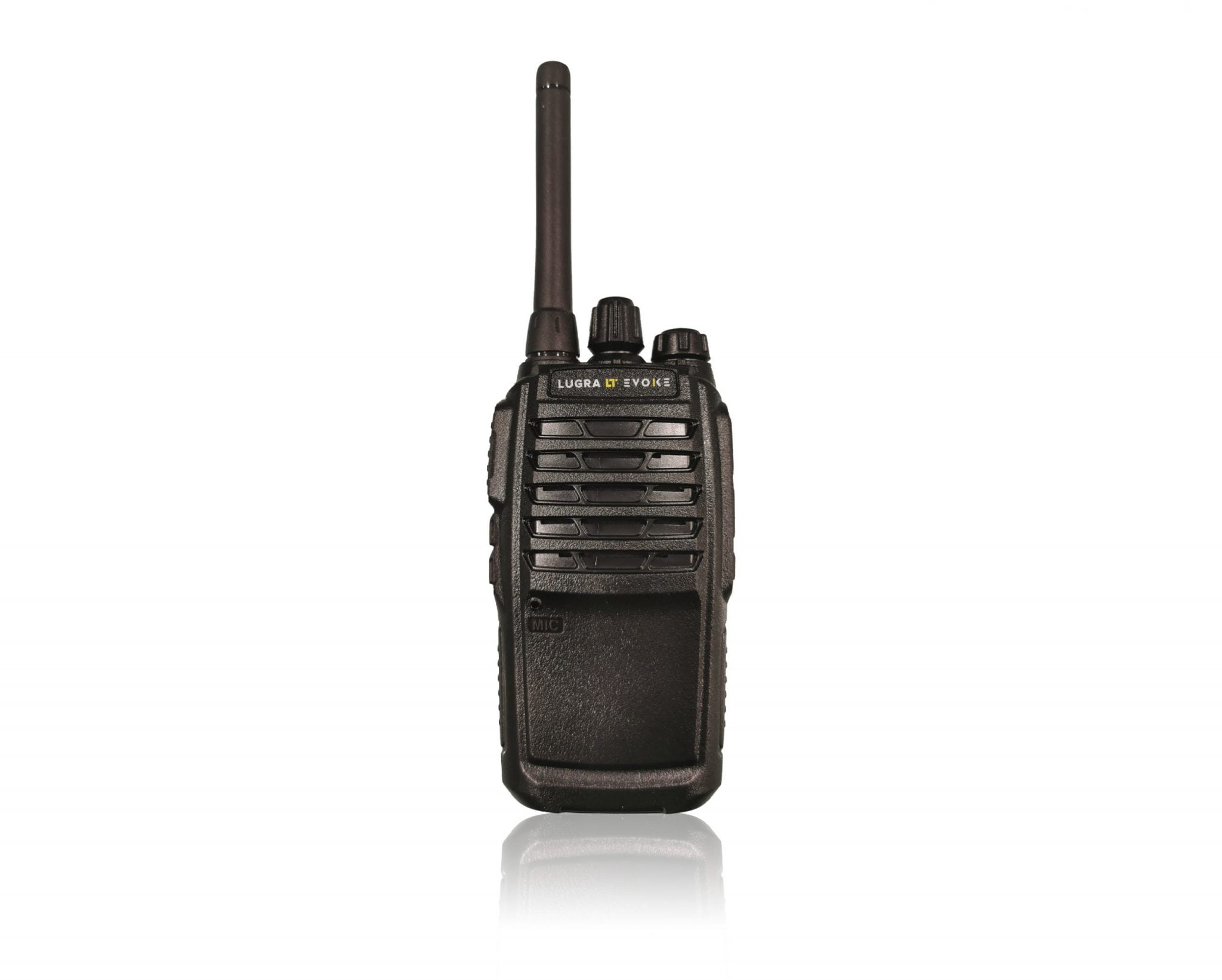In today's interconnected world, effective communication is crucial, especially in industries that rely on seamless coordination and quick response times. One such communication method that has stood the test of time is radio communication. Whether you're an emergency responder, a pilot, or an outdoor enthusiast, understanding how to use radio communication can be a game-changer. In this comprehensive guide, we will delve into the intricacies of radio communication, exploring its various applications, best practices, and advanced techniques.
- Understanding Radio Communication:
1.1 The Basics: Frequencies, Channels, and Modulation
1.2 Radio Equipment: Types, Features, and Considerations
1.3 Licensing and Regulations: Ensuring Compliance and Safety - Optimizing Radio Communication Range:
2.1 Antennas: Types, Placement, and Maintenance
2.2 Line of Sight and Obstructions: Overcoming Communication Challenges
2.3 Signal Boosting Techniques: Repeaters, Amplifiers, and Signal Processing - Effective Communication Protocols:
3.1 Phonetic Alphabets and Prowords: Enhancing Clarity and Precision
3.2 Radio Etiquette: Dos and Don'ts for Professional Communication
3.3 Emergency Procedures: Prioritizing Safety and Urgency - Advanced Techniques for Radio Communication:
4.1 Encryption and Security: Protecting Sensitive Information
4.2 Interoperability: Bridging Different Radio Systems
4.3 Data Transmission: Telemetry, GPS, and Digital Modes - Industry-Specific Applications:
5.1 Public Safety and Emergency Services: Coordinating Rapid Response
5.2 Aviation: Air Traffic Control and Pilot Communication
5.3 Outdoor Recreation: Staying Connected in Remote Areas
Conclusion:
Mastering the art of radio communication is a valuable skill that can enhance safety, efficiency, and coordination across various industries. By understanding the basics, optimizing communication range, following effective protocols, and exploring advanced techniques, individuals can harness the full potential of radio communication. Whether it's for emergency situations, professional applications, or outdoor adventures, the ability to communicate effectively through radio can make all the difference.

